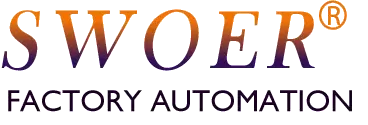The vibrating feeder is an indispensable basic equipment in modern automated production, and its core value lies in automatically orienting and sorting chaotic small parts (such as screws, nuts, rivets, electronic components, capsules, etc.), and stably conveying them to the next workstation.
It can bring significant advantages and benefits to customers in the following aspects:
- Core direct benefits: improving efficiency and reducing costs
Extremely high production efficiency
High speed continuous operation: The vibrating feeder system can work continuously for 7×24 hours, and the feeding speed can reach tens to thousands of pieces per minute (depending on the size and complexity of the parts), far exceeding manual operation speed.
Shortening production cycle: Stable automated feeding eliminates bottlenecks in the production process, eliminating the need for waiting for subsequent processes such as assembly or inspection, and greatly speeding up the overall production line rhythm.
- Significantly reduce labor costs
Replacing repetitive labor: completely replacing the tedious work of manually grasping, placing, and orienting parts.
One person, multiple machines: One operator can simultaneously oversee multiple automated production lines, greatly reducing the number of workers.
Solving the problem of recruitment difficulties: Especially in positions with high repetition and poor working environments, automation equipment is not affected by labor market fluctuations.
- Ensure product quality and consistency
Extremely high stability: Once the debugging is completed, the direction, posture, and rhythm of the vibrating disc feeding are highly consistent, avoiding product quality fluctuations caused by factors such as fatigue and emotions during manual operation.
Zero misoperation: Almost completely eliminates human errors such as missing, reverse, and wrong installation, significantly reducing the defect rate and ensuring consistency between product batches.
- Optimize production environment and safety management
Reduce management costs: Managing machines is simpler and more efficient than managing a large number of workers.
Improving safety: reducing the opportunity for workers to directly come into contact with hazardous areas such as machine tools and molds, avoiding possible work-related injuries (such as hand fatigue injuries), and meeting the requirements of modern safety production.
